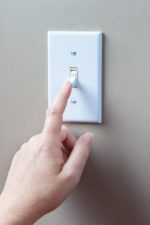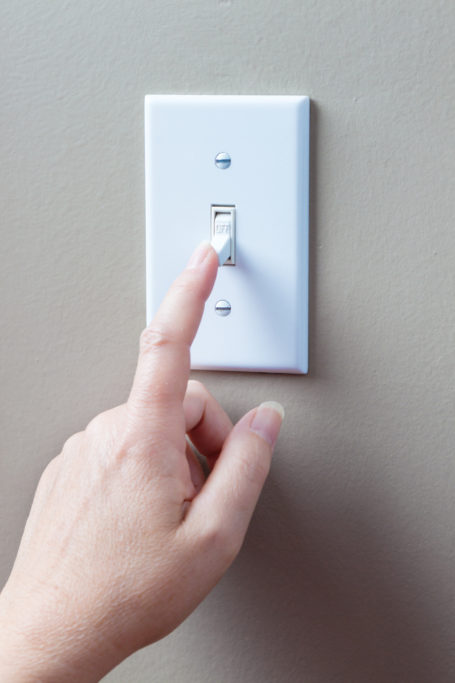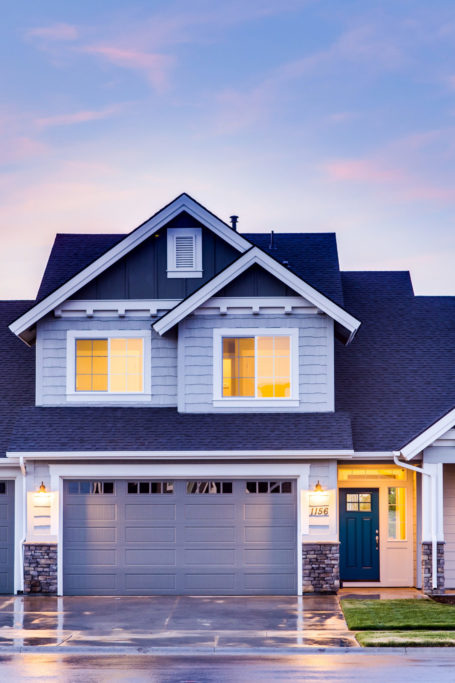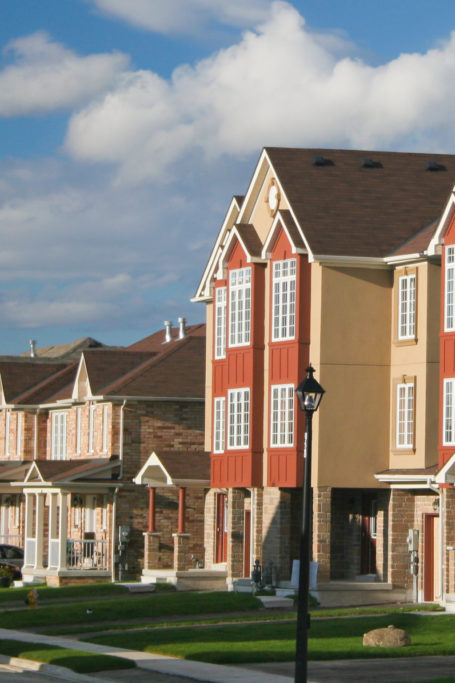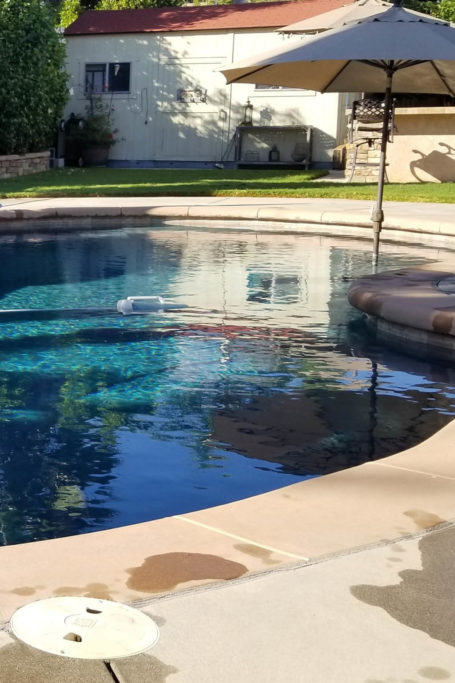Breaking Down Fixed-Rate and Adjustable-Rate Mortgages
When it comes to applying for a mortgage, one of the primary decisions to make is whether to opt for a fixed-rate or adjustable-rate loan. Most people you talk to would likely advise to go for the former—in fact, nearly 90 percent of homebuyers choose the thirty-year fixed-rate mortgage, according to Freddie Mac. And for good reason! It often tends to be more affordable, especially in the long-term, and it offers greater predictability for your finances.
However, a fixed-rate mortgage may not be right for everyone, just as an adjustable-rate loan may offer greater advantages for certain homebuyers. If you’re on the market for a new home, here’s what to consider about these two loan options as you prepare to engage in the mortgage process.

Fixed-rate mortgages
The fixed-rate mortgage is largely self-explanatory—the interest rate you sign on with today is the same one you’ll have in five, ten, fifteen, or thirty years, according to the terms of your loan. This doesn’t necessarily mean your monthly payments will never change since they also encompass insurance and property taxes, which may adjust yearly. But you can rest assured that you won’t face any surprises about your interest rate over the life of your loan.
Before you sign on the dotted line, though, there is one very important fact to consider: the interest rate applied to fixed-rate mortgages is generally inflated. This is to help account for any fluctuations, particularly increases, in rate averages in the years ahead. So if your lender anticipates that interest rates may spike to 8 percent during the course of your loan, you’ll likely be quoted a rate of 7 percent, even if the current average rate is only 6 percent.
Another thing to keep in mind is that the interest rate will generally be higher with a thirty-year mortgage than with a fifteen-year one. After all, there’s a much lower risk of rates spiking over a smaller time frame, making lenders more willing to offer a more favorable rate for shorter-term loans.
That said, a fixed-rate mortgage can still be the ideal option depending on your needs, priorities, and circumstances. You may want to consider it if you:
- Plan to reside in the home throughout the duration of the mortgage (such as if you’re starting a family and purchasing a house big enough to accommodate it)
- Prefer the financial stability of having generally stable monthly payments for the entire mortgage
- Have a decent income you expect to remain steady or increase over the next few decades

Adjustable-rate mortgage
As with the previous loan option, the nature of the adjustable-rate mortgage (ARM) is given away by its name: it features an interest rate that may fluctuate during the course of the loan. ARMs usually start out with a substantially lower rate than fixed-rate mortgages and keep that rate for an initial period, often five, seven, or ten years depending on your loan length and terms. After that point, the adjustment period begins, where your rate is reassessed on a regular basis, typically every six or twelve months, and modified based on the current average mortgage interest rate.
ARMs can be higher risk because your rate may go up after the initial period ends—but there’s also the possibility it may go down. Additionally, there are rate caps that limit how steep an increase can be at the start of your adjustment period (initial cap), at each reassessment (periodic cap), and in total over the life of your loan (lifetime cap). So while your monthly payments could still jump up, you have some protection to keep that jump from being exorbitant.
Whether an ARM is right for you depends on your goals and situation. You may want to pursue one if you are:
- Limited in income at the moment but expect your earnings to increase over the next few years (such as with new college graduates or owners of start-up businesses)
- Hoping to get into a hot buyer’s market while prices are lower, then refinance into a fixed-rate mortgage within a few years
- Testing out a new location and want the flexibility of being able to move within a few years with little penalty
- Newlyweds searching for a smaller home now with hopes to move to a larger one once you’re ready to start a family
- A real estate investor who plans to flip the home, renovating and selling it at or before the initial period ends
It can be tempting to either go for the no-fuss fixed-rate mortgage or the low introductory rates of an ARM, but there’s more than meets the eye to both these options. Before making a decision, reach out to a mortgage professional, who can help you assess your unique situation to determine the mortgage that suits your needs best.









